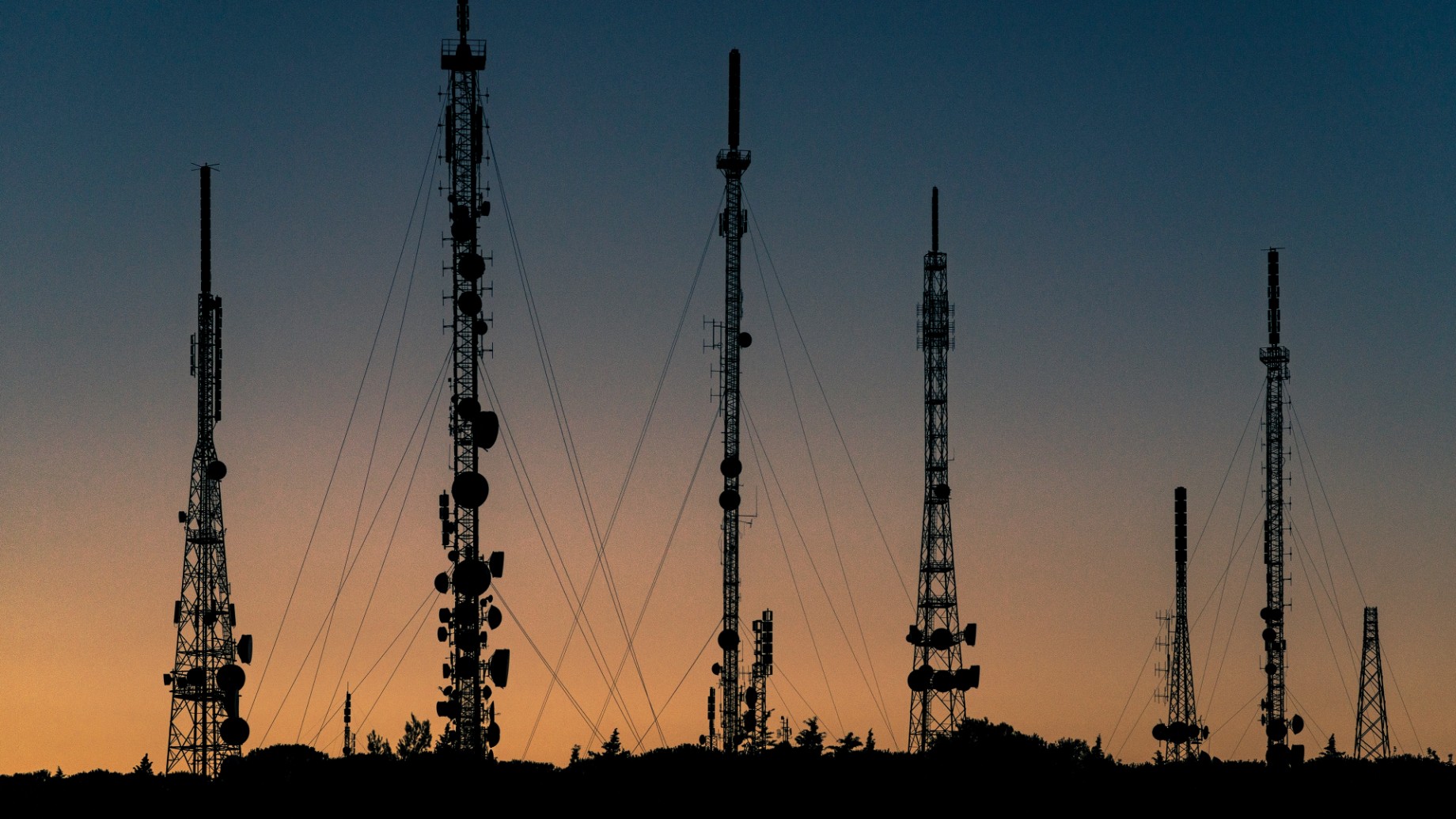
Meet the International Telecommunications Union

The International Telecommunications Union (ITU) is a specialized agency of the United Nations located in Paris that focuses on information and communication technologies (ICTs). Established in 1865 as the International Telegraph Union to handle the unprecedented growth in international telegraphic traffic, the ITU is the oldest specialized agency in the United Nations today. The ITU’s earliest ambitions centered on establishing standardized, interstate regulations for rapidly evolving telegraphy technology. On 17 May 1865, delegates from 20 mostly European countries formally convened to sign the first International Telegraph Convention, which reduced telegraph tariffs and established common regulations between countries. Tariffs, regulations and technology were standardized for the first time across Europe and to its borders with Africa and Asia.
The role of the ITU has evolved since the 19th century. Today, ITU continuously develops international standards that make satellite orbit and Internet access possible. ITU works alongside the United Nations Educational, Scientific and Cultural Organization, the United Nations Conference on Trade and Development and the United Nations Development Programme to convene the World Summit on the Information Society (WSIS). Since its first meeting in 2003, WSIS has sought to bridge the growing divide between developed and developing countries in the wake of the digital transformation.
In 2015, the United Nations adopted new Sustainable Development Goals (SDGs). The multifaceted mandate of ITU enables its work to impact each of the SDGs in a myriad of ways, although some are more greatly affected than others:
- Goal 4: Quality Education
- Goal 5: Gender Equality
- Goal 9: Industry, Innovation and Infrastructure
- Goal 11: Sustainable Cities and Communities
- Goal 17: Partnerships for the Goals
The highest level of governance for the ITU is the Plenipotentiary Conference, which convenes every four years and is ITU’s decision-making body, setting the strategic direction for the organization. The ITU Council convenes between Plenipotentiary Conferences to govern during the interim and to ensure the ITU remains responsive to a rapidly changing telecommunications environment. Additionally, the ITU Council works with the ITU’s General Secretariat, led by a Secretary-General and a Deputy Secretary-General, to see that the ITU Constitution, Convention and Administrative Regulations are faithfully executed.
ITU’s 1992 Additional Plenipotentiary Conference in Geneva reorganized ITU’s administrative structure to provide greater flexibility for responding to a fast-evolving global environment by creating three new core sectors: the Telecommunications Standardization Sector (ITU-T), the Radiocommunication Sector (ITU-R) and the Telecommunication Development Sector (ITU-D).
ITU-T assembles experts from around the world to develop international defining standards for ICTs. These standards ensure diverse ICT devices are capable of communicating with each other and create a level playing field for all producers, consumers and Member States wishing to utilize innovative technologies. ITU-T standards are approved by the World Telecommunications Standardization Assembly every four years. Much of the standardization in ICTs is accomplished by the ITU’s Study Groups, which develop recommendations specific for different fields of telecommunications.
ITU-R streamlines worldwide radio communication standards in order to minimize interference between radio communication operations system. ITU-R accomplishes this by overseeing the implementation and updating of Radio Regulations and Regional Agreements during the World Radiocommunication Conferences (WRCs) that convene every three or four years. Over 1,500 enacted Radio Regulations govern the use of the radio spectrum. As an international organization, ITU-R coordinates satellite frequency assignments as requested by Member States to protect all assignments from harmful interference. This protection is particularly important for radio frequencies that are used for aeronautical communications and navigation, which remain reserved for those purposes through the Radio Regulations. ITU-R’s work encompasses a myriad of topics, including maritime services, aeronautical services, mobile and wireless broadband communications, television and sound broadcasting, radio navigation satellite systems, climate change monitoring, coordinated universal time, emergency communications, and disaster relief and intelligent transportation systems.
ITU-D supports the development and improvement of ICTs in developing countries by coordinating technical cooperation and assistance activities under the mandate of the United Nations and ITU. ITU-D works to enhance confidence and security in the use of telecommunications and ICTs, especially for countries in special need. The World Telecommunication Development Conference meets between two ITU Plenipotentiary Conferences to provide direction for ITU-D as it seeks to execute strategies and objectives that will further enhance the development of ICTs worldwide. Recognizing that the demand for qualified people to fill technology jobs will certainly rise for years to come, ITU-D in 2011 supported the creation of International Girls in ICT Day, which is celebrated every year on the fourth Thursday in April. This initiative will help satisfy growing demand for ICT experts in addition to promoting greater gender diversity in the workplace, supporting the United Nations’ fifth SDG of gender equality.
Keep Up With The Accords
More to read
The AMUN Accords is a premier resource for fact-based Model United Nations simulations. We are always looking for new contributors. Want to write for the AMUN Accords? Check out out the submission guidelines and then get in touch!




